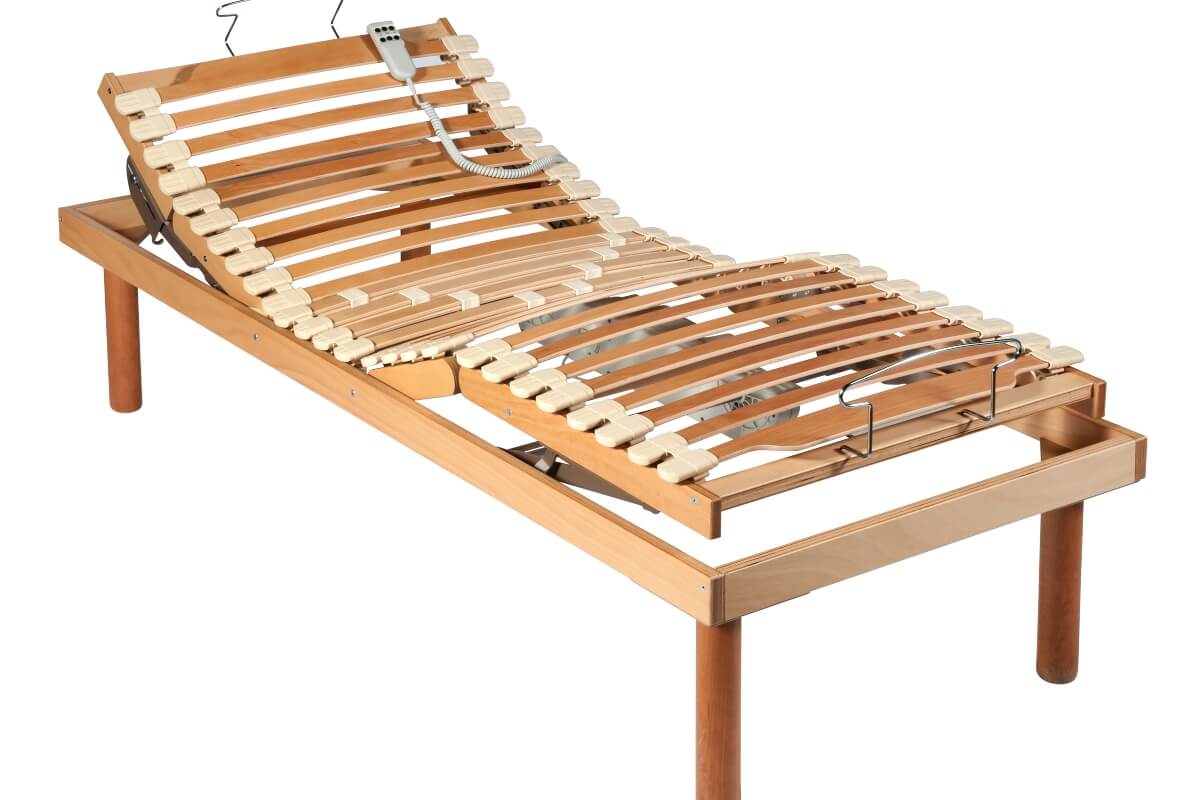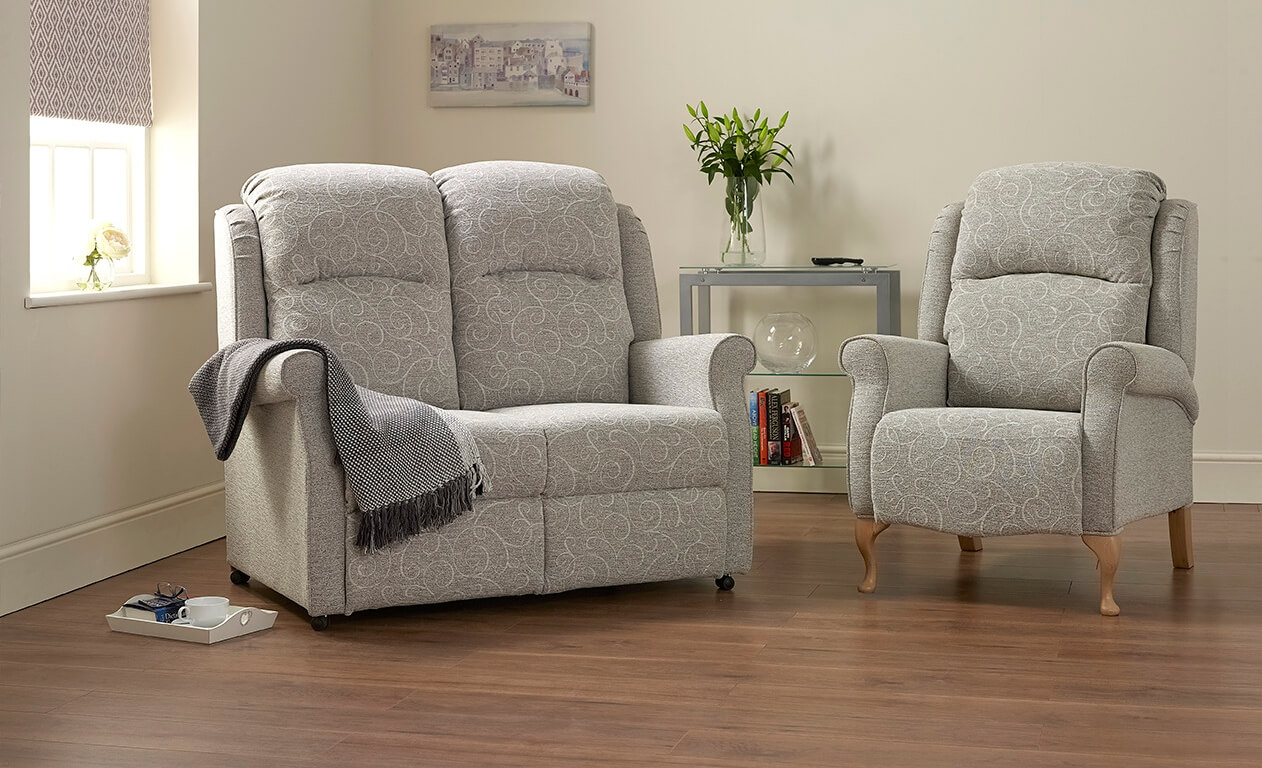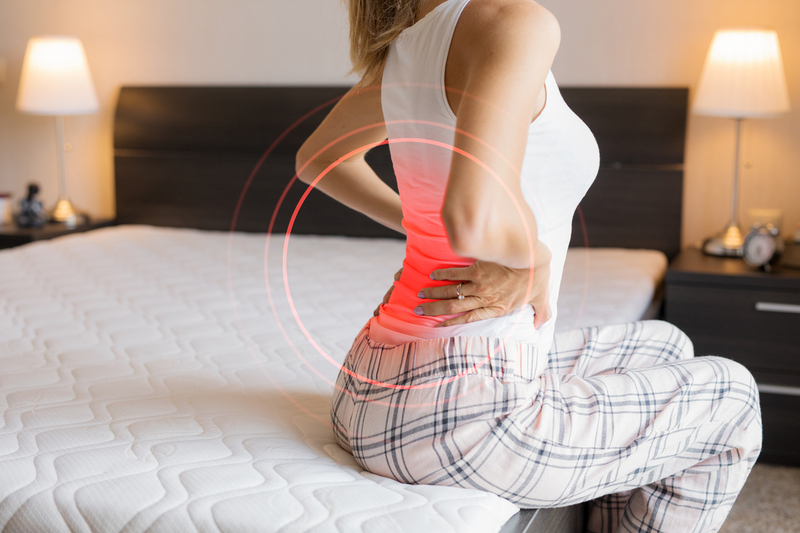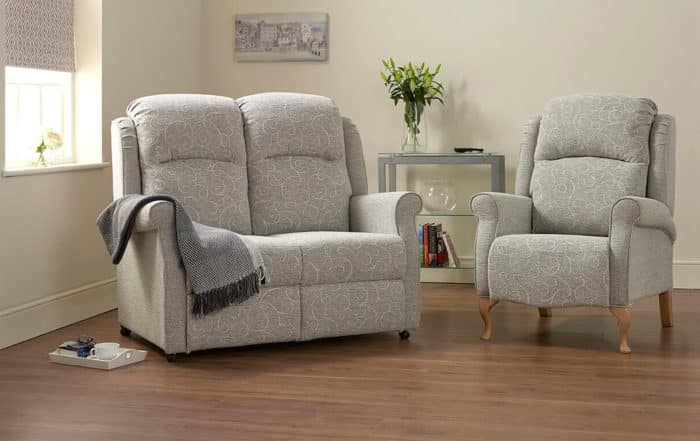How to Sleep in Zero-Gravity Position on an Adjustable Bed
Social Links
Considering that our early ancestors learned to take naps on the ground and snooze in treetops, it’s remarkable how picky our modern-day bodies can be when it comes to how we sleep. Whatever surface we choose to lie down on, if it’s too hard, too soft, too cold or uncomfortable in any way, our chances of achieving deep sleep plummet significantly.
This becomes even more difficult as we get older. Certain medical conditions, use of medications or age-related changes in sleep structure can shorten sleep time and impair sleep quality.
Fortunately, there are a number of things we can do to increase our quality of sleep, such as making changes to our lifestyle and bedtime routines.
There are also new products being developed all the time, and many advanced technologies are now commonly available to the bed-buying public.
What is the zero-gravity sleep position?
The zero-gravity position was accidentally invented by NASA a few years ago, as they attempted to find the best position for landing and take-off to minimise pressure on the spines and bodies of their astronauts. The test subjects found that lying in a certain position, with the head and knees raised slightly above the heart and stomach, gave them a unique feeling of weightlessness.
Since then, the discovery has been replicated by furniture manufacturers who started developing zero-gravity beds, recliners and settees.
The zero-gravity sleep position mimics the weightless support and pressure-free sensation of floating in space. It supports each part of the body equally and distributes weight so that pressure is evenly shared between the joints, thus creating the feeling of weightlessness.
To adjust your bed to the zero-gravity position, lift your upper body so it’s at a 126-degree angle with your legs. Then, slightly bend your legs so that they are raised above heart level, and your thighs and torso are aligned. This will equally distribute the pressure of your body weight, thus reducing the pressure on your neck, back, shoulders and limbs.
So, is it OK to sleep in zero-gravity position?
According to a study in the Journal of General and Family Medicine, total sleep time, sleep efficiency, percentage of slow‐wave sleep, percentage of REM sleep, and REM latency (the time between falling asleep and reaching REM stage) all decrease with age. It also found that insomnia in older people was far more likely to be caused by waking early than by difficulty in falling asleep.
The zero-gravity position, by supporting the spine’s natural ‘S’ shape, relieves pressure on the hips and shoulders, thus decreasing incidences of early waking due to back or neck pain. This is also beneficial for people with arthritis and those recovering from major surgery.
The same study also found that elderly participants with persistent insomnia showed an increased risk of developing depression and mental health problems. By increasing the quality and length of sleep, the zero-gravity posture reduces daytime symptoms of tiredness and fatigue and helps improve overall wellbeing.
What are the health benefits of the zero-gravity sleep position?
As well as relieving pain and pressure on the joints, sleeping in zero-gravity can ease the symptoms of several other conditions. These include:
- Snoring – the slightly raised head position opens the airways and stops the tongue from slipping back, allowing air to pass through without vibrating the surrounding tissues.
- Asthma – sleeping with the head above the heart has been shown to reduce symptoms and produce better quality sleep.
- Acid reflux and heartburn – by lifting the upper body, gravity helps keep your stomach acids where they should be instead of tipping back into the oesophagus, causing a burning sensation.
- Circulation and heart disease – the raised leg position helps the heart pump blood around the body, improving blood pressure and reducing the risk of thrombosis and varicose veins.
- Swelling – raising the legs at night helps counteract the effects of gravity during the day by decreasing the amount of blood flow to the lower limbs. This can also ease pain and decrease the healing time of injuries, sores or ulcers.
Can sleeping in zero-gravity help with sleep apnoea?
Sleep apnoea is a condition in which the individual’s breathing stops and starts while they sleep, often accompanied by loud snoring. Other symptoms include fatigue and tiredness, mood swings, difficulty concentrating and headaches when waking up.
While sleeping in zero-gravity position on an adjustable bed won’t cure it, it can make sleep apnoea more manageable. Sleeping with the head slightly raised increases the amount of airflow to the lungs and airways which in turn increases the length and quality of sleep. This can alleviate symptoms during the day and may decrease the instances and severity of snoring.
If you think you may have sleep apnoea, you should discuss this with your GP.
How to choose your adjustable bed?
Reclining beds come in several standard sizes, but for optimum comfort it’s best to have one made to measure. This is mainly because of the extra pivot point at the knees, which should be tailored to the length of your legs.
Fortunately, some companies have a made to measure service, such as the Mobility Furniture Company. We also offer a home trial and five-year-warranty on mechanised items.
Another consideration is whether you have a partner and what their needs are. A zero-gravity bed can be made as a double, or as a dual option, which means each side of the bed can be manipulated independently. Once you’ve determined which product best suits your needs, you can have fun choosing the colour, material and accessories.
The bottom line
We all need good sleep, but how we do it is different for everyone and some of us have more trouble than others. For the elderly or those with certain health conditions, it can be even harder to achieve a proper night’s rest and the impact of poor-quality sleep on daily life can be more and more damaging as time goes on.
Fortunately, we don’t have to be astronauts to take advantage of the latest technology in sleeping aids. Sleeping in a zero-gravity position on an adjustable bed can alleviate many of the symptoms associated with these conditions and decrease the chance of being woken up by pain or discomfort during the night. This leads to an overall improvement in both physical and mental health, and ultimately to better quality of life.
*This website contains general medical information. The medical information is not advice and should not be treated as such. Read our full Medical Disclaimer here.
*This website contains general medical information. The medical information is not advice and should not be treated as such. Read our full Medical Disclaimer here.



